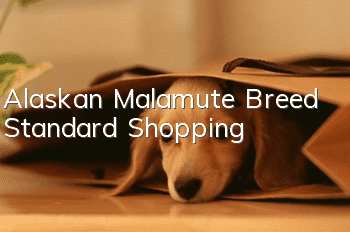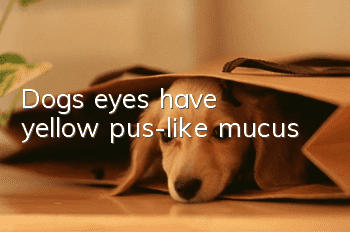Alaskan Malamute Breed Standard Shopping

We only know that they have lived in Alaskan Malamutes for many years, but we don’t know where they came from, just like we don’t know where other Arctic Aboriginal people came from. Writers who have studied the formation of the Arctic Circle are well informed, and their views on the origins of the indigenous peoples within the Arctic Circle are inconsistent. Today we call the sled dogs in the Arctic Circle Alaskan Malamutes.
Buying taboos: blue eyes.
When judging an Alaskan Malamute, whether it is capable of pulling heavy sleds in the polar regions is the most important point. When considering deviations from standards, you should first weigh whether and how much they impact the job. The limbs of the Alaskan Malamute must be strong. Any deficiency in the forelimbs or hindlimbs, whether manifested in walking or standing, is a serious fault. Spreading feet, cow-like hocks, weak front and rear heels, straight shoulders without angle, stilt-like gait, or any unbalanced or unstable gait, bones that are too light or heavy, and poor body proportions Coordination is a disadvantage.
Size, proportion and structure of the Alaskan Malamute
Individual body shapes vary. The ideal height of a male dog is 63.5 cm and the ideal weight is 38.56 kg; the ideal height of a female dog is 58.4 cm and the ideal weight is 34.02 kg. But the overall appearance and quality of the dog is more important than size. If the dogs are similar in other aspects, those close to the standard weight are ideal. The depth of the chest is approximately half the height of the dog. Body length is slightly longer than height. Bone weight in proportion to body shape.
Head
The head is broad and deep, in proportion to the size of the body. The expression is gentle and full of emotion. Eyes slanted. The eyes are brown, almond-shaped, and medium in size. Those with dark eyes are preferred. Blue eyes are a serious fault. The ears are of medium size, but small compared with the head. The ears are triangular in shape with slightly rounded tips. The distance between the ears is relatively large and in line with the upper corner of the eye. When the dog is on alert, the ears stand erect. Erect ears curled slightly forward. The high position of the ear base is a disadvantage. The skull is broad, slightly rounded between the ears, and flatter and narrower near the eyes. There is a dent between the eyes. The muzzle is broad and gradually tapers from the base to the tip of the nose. Dogs with coat colors other than red will have black noses, lips and eye rims. Dogs with red coats can be brown. Lips tightly closed. The upper and lower jaws are wide and the teeth are large. Scissor bite. Protruding upper and lower jaws are disadvantages.
Neck, topline and trunk coat
The outer coat is thick and coarse, not too long or too soft. The lower layer of hair is dense, 2.5 to 5.1 cm long, like wool. The length of the undercoat and the topcoat are inconsistent in various parts of the body. The coat is shorter on the sides of the body, longer on the shoulders and neck, and longer on the lower neck and buttocks. The coat is short and less dense in summer. The coat should be kept in its natural state, and the coat on the feet can be trimmed appropriately.
Color
Can range from light gray to black or red. The undercoat can have a mixture of colors. A pure white coat is the only solid color coat acceptable. The lower part of the trunk, part of the limbs, feet and facial patches should be white. White spots on the forehead and neck or on the back of the neck are more attractive. The color breaks in the center line of the head and back are not ideal.
The gait of the Alaskan Malamute
Stable, balanced and powerful. The gait is agile relative to its size. Viewed from the side, the hindquarters are very powerful, with power transmitted from the loin to the forequarters. Viewed from the front or rear, the front and rear limbs on the same side advance in a straight line. When the walking speed increases, the landing point of the limbs tends to the center line of the body. A stilt-like gait or a weak gait is a fault.
- Use chicken bone fetus for pets? Neutering food? Please stop these ignorant and ineffective sterilization methods!
- What should you pay attention to when buying a purebred Akita dog?
- Symptoms and treatments for gastric torsion in dogs
- A few tips for training your dog to play on its own
- How to care for your Shiba Inu’s skin
- Why does a dog have a stomachache?
- How to prevent pet skin diseases? Tips for preventing dog skin diseases!
- How to train a dog? Five tips for dog training!
- How long does it take for dogs to mate after they are in heat, and what preparations do dogs need for mating?
- Can parvovirus from puppies be transmitted to humans?



